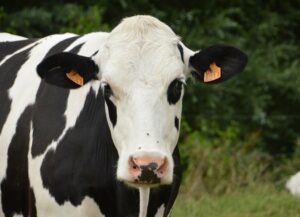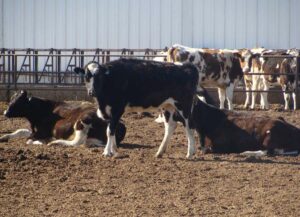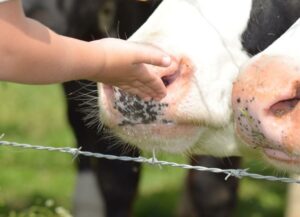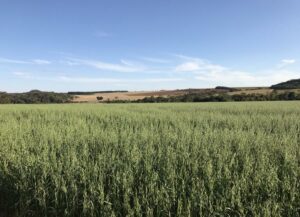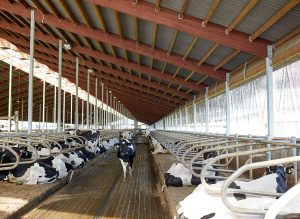Lucas Pantaleon
Bovine viral diarrhea virus (BVDV) is a common disease in cattle which causes significant economic losses around the globe. The severity of the negative financial impact of the virus varies based on the immunity status of a given population and the pathogenicity of the viral strain. In populations that are susceptible to BVDV or the introduction of a highly pathogenic strain, understandably will lead to high economic losses in that herd.
In breeding cattle, the virus causes reproduction disorders (abortion, prolonged gestation, reduced fertility) and has a negative impact on productivity because of culling, morbidity, and mortality. The disease could manifest as acute, subclinical, and persistent infection forms. All forms of BVDV cause health issues in affected herds and lead to the presence of persistently or temporarily infected animals. The circulation of the virus in the population is facilitated by the variety of forms that the disease can take, regardless of the presence of high viral antibodies.
The spread of the bovine viral diarrhea virus in dairy herds
The virus can cross the placenta and cause infection of the fetus early during pregnancy, resulting in the birth of persistently infected (PI) cattle. The most important sources of infection are the PI animals. On the other hand, healthy adult cattle or calves that become transiently infected (TI) are normally of a minor significance with regards to disease spreading.
However, BVDV can circulated in herds for prolonged periods of time due to TI animals, even in the absence of PI cattle. Specific BVDV serum antibody testing is used to detect PI animals and is an important tool for diagnosis of BVDV and controlling the spread of the disease in herds where vaccination is not being utilized.
The variations in the prevalence of the disease between regions or the introduction of the virus into free herds has been associated with the density of the cattle populations, the conditions and age of the animals, animal trade, and pasturing practices.
Risk factors for BVDV infection in Polish dairies
The objective of a research study performed in Poland was to analyze the risk factors of BVDV, with respect to productivity, herd management, presence of BVDV and the effect of non-vaccination. For the 354 herds included in the study, the seroprevalence of BVDV was 33% and BDVD positive herds were distributed in all regions of the country. The higher prevalence was found in areas where the concentration of cattle was the highest.
This study demonstrated that infection was correlated with region of the country, the number of grazing animals and the purchasing of replacement cattle. Important aspects of BVDV eradication programs are regular vaccination coupled with identification and elimination of PI animals.
Furthermore, understanding and managing risk factors for the different herds is a key feature of a successful eradication program.
Reference
Krzysztof Rypuła, Katarzyna Płoneczka-Janeczko, Michał Czopowicz, Malgorzata D. Klimowicz-Bodys, Sergey Shabunin and Georges Siegwalt. Occurrence of VDVB Infection and the Presence of Potential Risk Factors in Dairy Cattle Herds in Poland. Animals 2020, 10, 230.
© 2020 Dairy Knowledge Center. All Rights Reserved.



